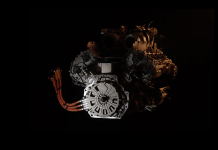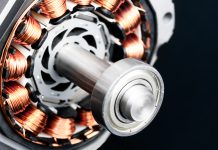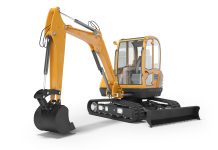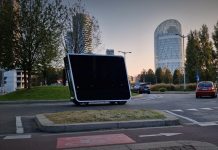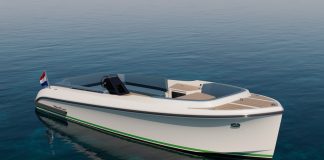The idea developed by the FloFleet startup is to create self-driving airships with an electronic control unit linked to software and a ground-based operator to intervene manually in case of an unscheduled course change.
The airship should have been equipped with an electric motor alimented with solar panels and with the condition to install cameras for recording.
During the feasibility and development analysis by FloFleet, which had meanwhile been flagged in Polihub’s “Switch2Product” contest, virtual design and simulation software was used. The company was officially opened in April 2023, and Dassault Systèmes included it in its startup program and made the SolidWorks 3DExperience module available to it. A whole range of technical elements were needed to model the airship with an electric motor, electronic control unit, and cameras.
The CEO Andrea Cecchi affirmed «ours was a collaborative approach. As is normal among staruppers who, although from different sectors, compare and exchange ideas and suggestions, especially abroad. We believe that sharing know-how to grow an industry benefits all competitors. Then if one company or another is better at leveraging technologies and solutions, it will be the consequence of healthy competition. So as we found companies that tangentially could interest us, we contacted them».
The result was that from circus tent companies FloFleet received useful information for 3D modeling of the airship fabric and from swimming pool manufacturers’ indications of fabric welding. However, there was some difficulty in obtaining drawings of the e-motor mount structure from turbine manufacturers, in the aircraft industry.
After several 3D virtual prototypes, the group decided to start physical experimentation to test and improve the product in the field. What is now commercially available is the second prototype, on which the British electric motor are being tested.
Now that the product is marketable, thanks to Digital Twin it will be possible to improve its performance and make new, higher-performance versions, again at low cost. For all the autonomous driving programming parts, however, the startup used the Open Source Robot Operating System automation software. Decisive for the transition from a group of friends, students, and researchers, to entrepreneurs and resource managers was the meeting with Eni, which validated the project as part of its Joule Discovery Lab.


